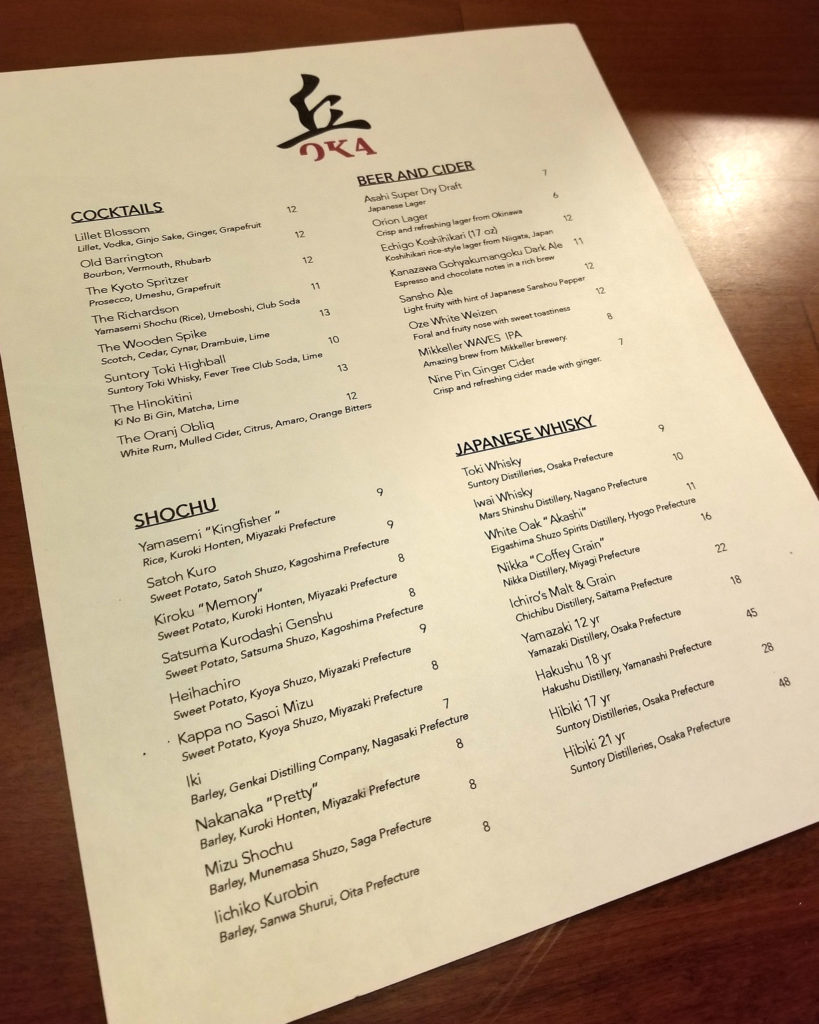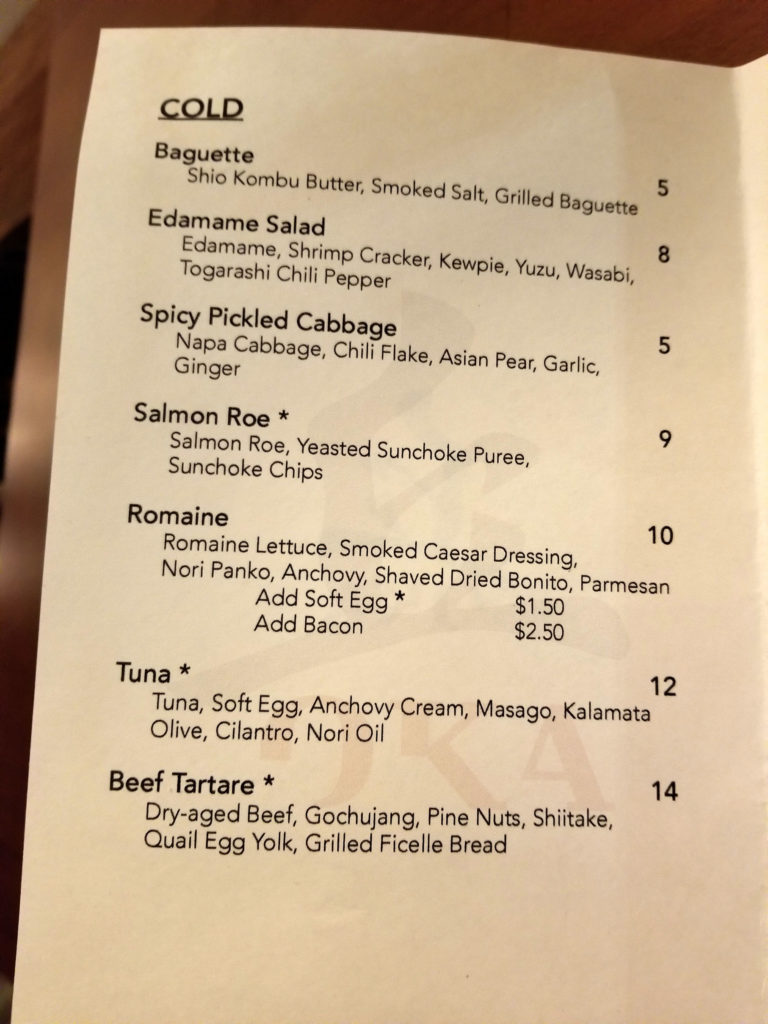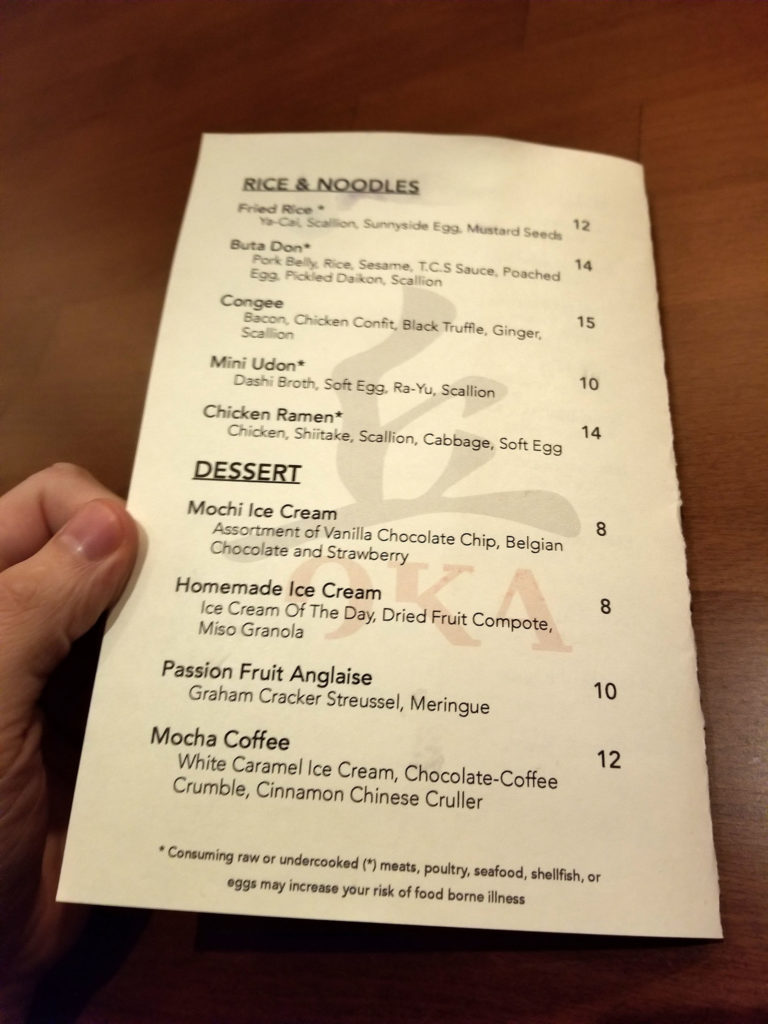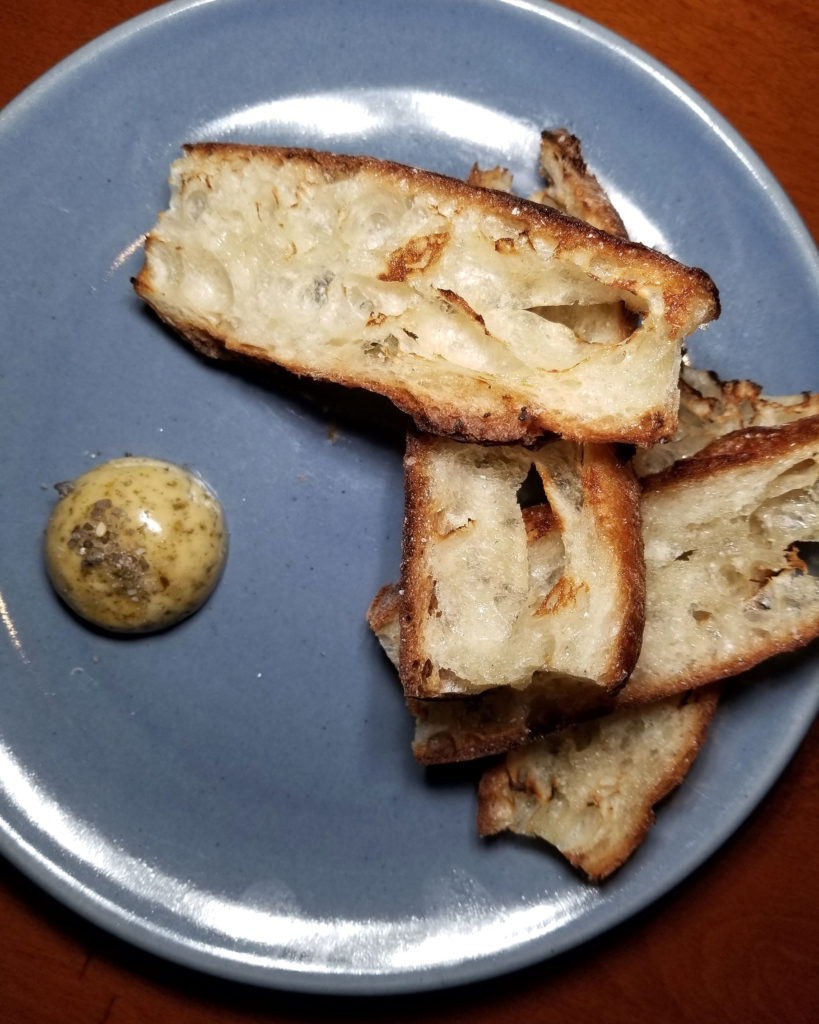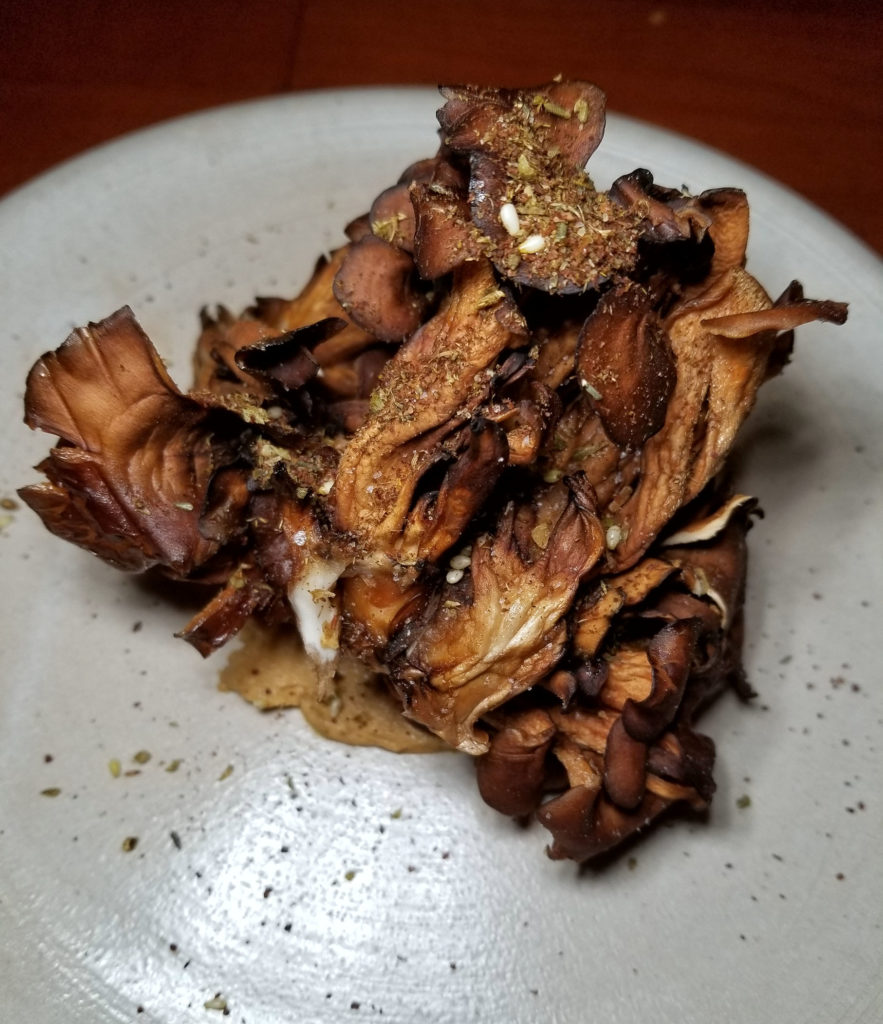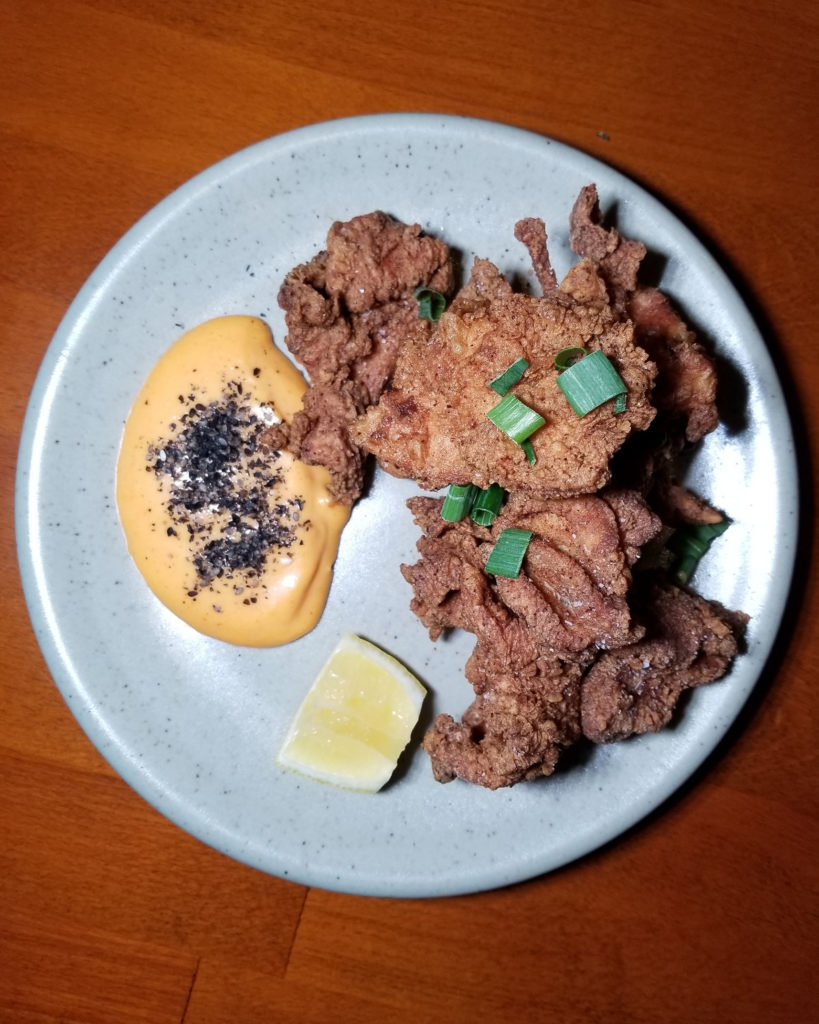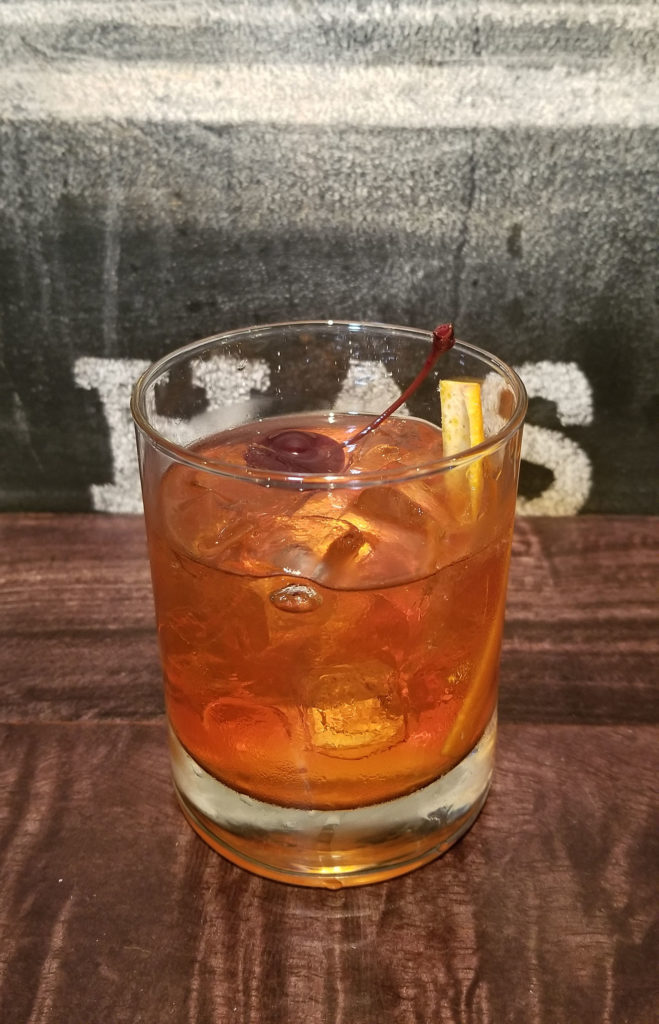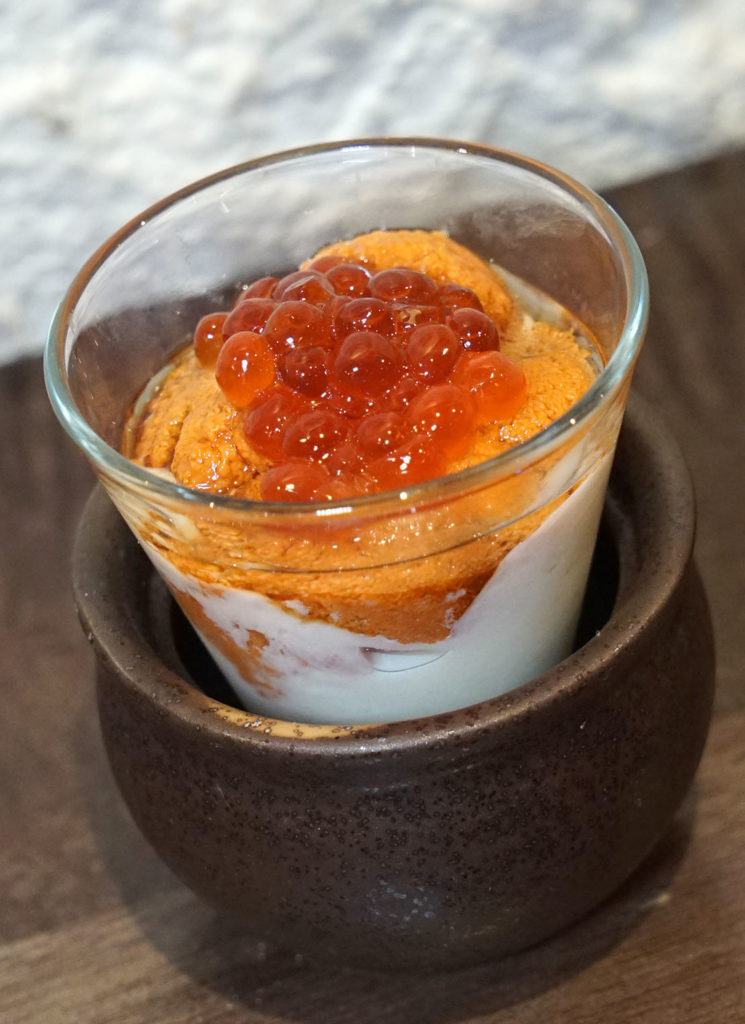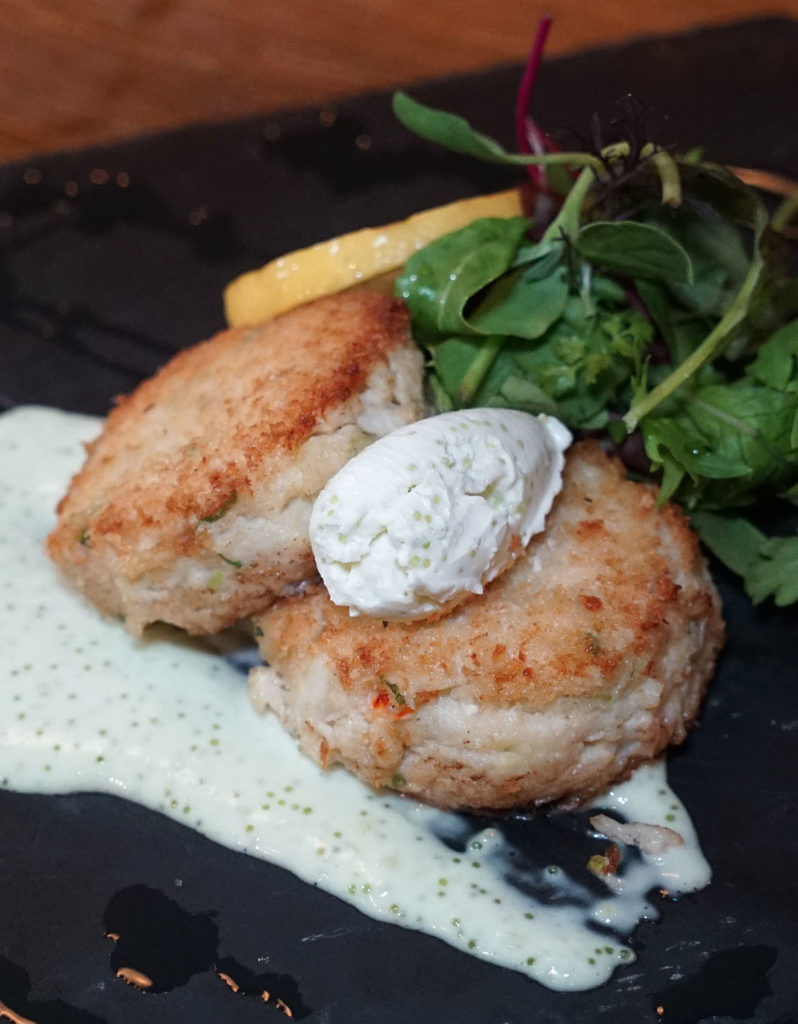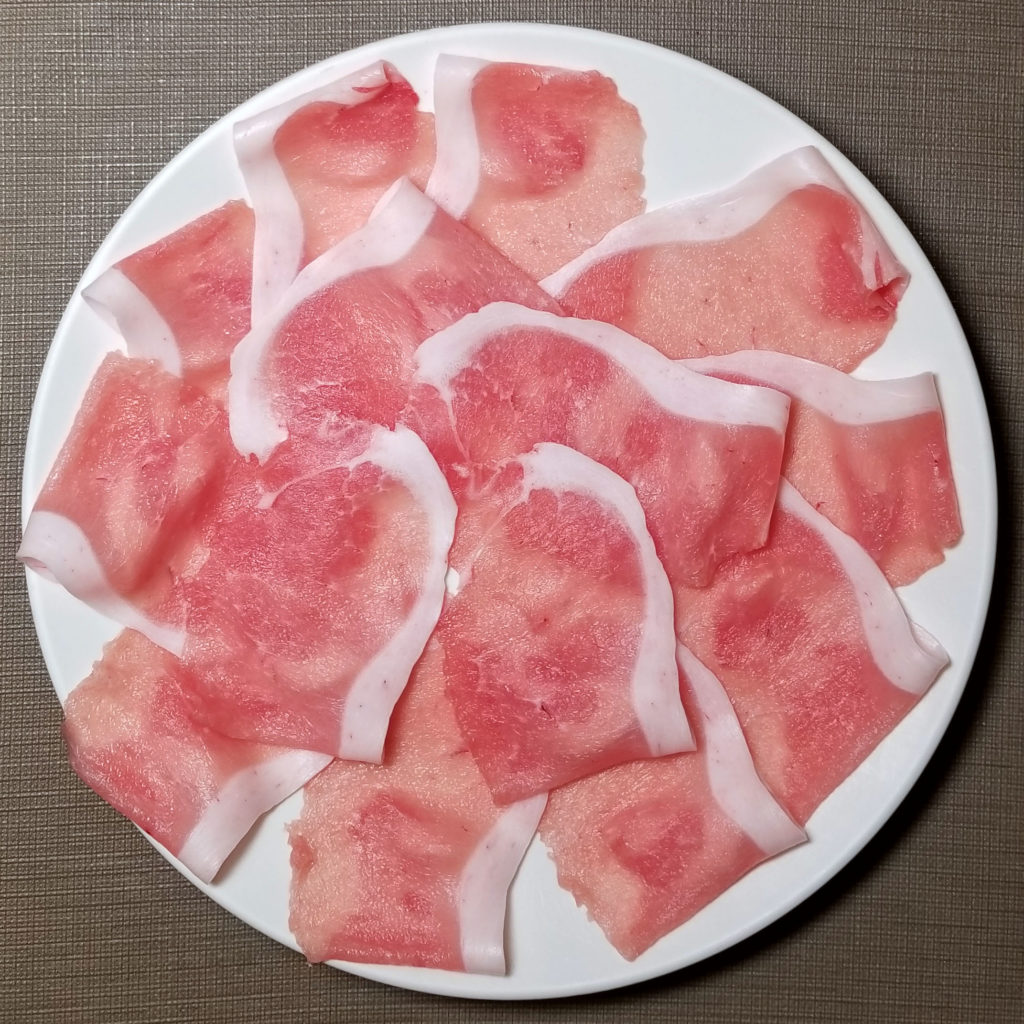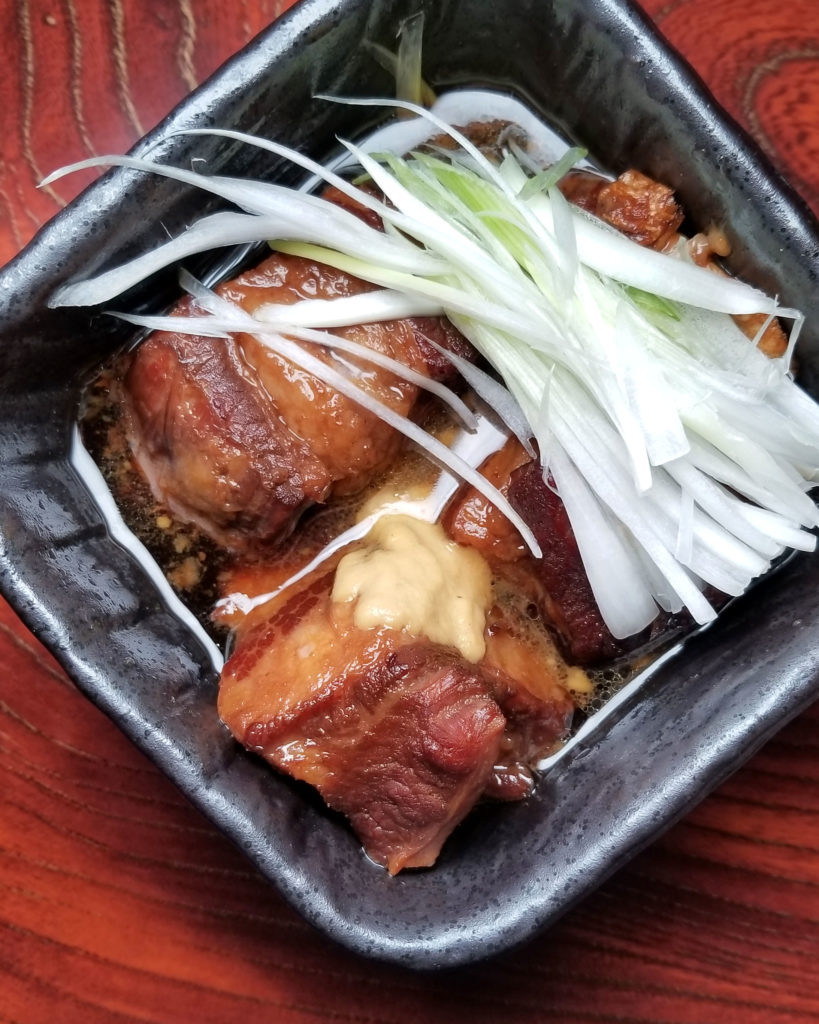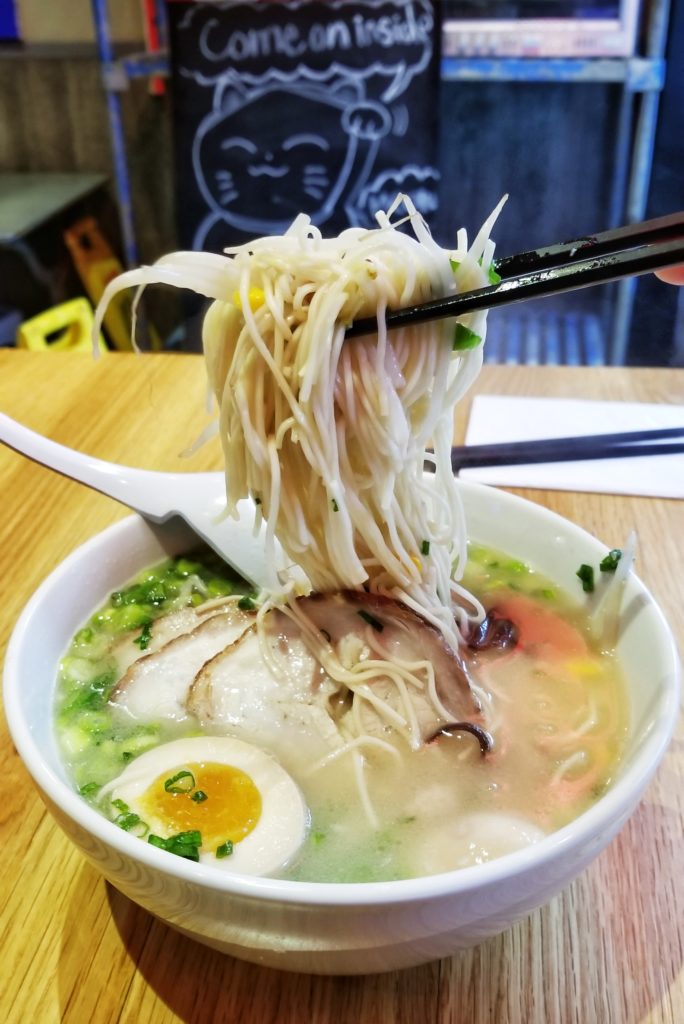I first became acquainted with The Crimson Sparrow when I hung out with chef-owner John McCarthy at a mutual friend’s party.
We traded social media info and kept up with each others’ food exploits online. I always thought his dishes looked so beautiful and sounded so delicious, but I wasn’t sure when I’d ever get to try them – John being up in Hudson, NY and me being NYC-based.
Well, it turns out that I was scheduled to go on a farm tour in Ghent, NY the weekend before the 4th of July. Upon checking out the map of where Ghent was, and planning how I was going to get there, I realized I would be passing through Hudson. I decided to make a small weekend trip out of this farm tour, and to bring my wife along.
It was a no-brainer, at that point, that I’d be visiting John at The Crimson Sparrow. We first went in for the tasting menu, late in the evening after we finished up that farm tour in Ghent.
I have to say… Chef John is doing some really amazing things here. He’s clearly inspired by Japanese cuisine; its preparation, its focus, its simplicity, its artistry. And while he does highlight a lot of Japanese ingredients, he’s also drawing inspiration from his local environs in the Hudson valley as well, and even dropping some overt hints of French technique and Korean flavors as well.
John has been all over the globe honing his cuisine. He used to be an attorney, but then ditched that for the culinary arts. He’s French trained, but he spent a significant amount of time in Japan absorbing all he could. He even did a 5-year stint with Wiley DuFresne at WD-50 in NYC before deciding it was time to press out on his own.
The Crimson Sparrow offers an a la carte menu, but the big draw for me was this multi-course tasting menu, priced at just $95.

I was eager to dig in when we arrived, just like how I’m eager to write about the meal now. I hope your mouth doesn’t water too much, because after I finish describing the tasting menu, you’ll have to stay tuned and read on for the incredible restaurant tour and daytime snack bites that I experienced the following day.
Course 1: Maitake Mushroom
This was crispy yet meaty, and had great flavors from the black truffle and lemon. The only thing I was hoping for here was maybe a flake of sea salt as a finishing item – maybe some nori smoke on that salt too.

Course 2: Yukon Potato
This Yukon Gold potato was shredded and fried to a crisp, topped with smoked egg yolk, cheddar and sea salt. This was essentially a creamy, smokey nest of potato chips. Awesome!
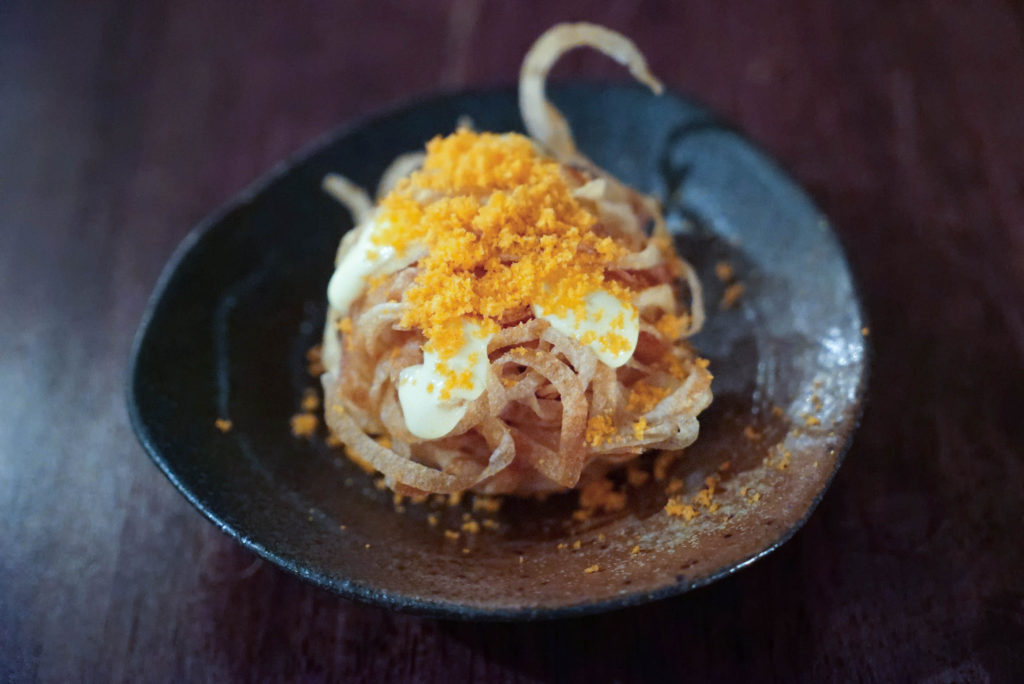
Course 3: Cucumber Crab
This dish reminded me of a really fucking delicious version of something like tuna salad, or crab salad, if you will. Really light and refreshing. I found myself wishing this was offered as a lunch sandwich on some nice, lightly toasted white bread with shiso leaf. I could eat that every day.

Course 4: Dashi with Purple Potato
The photo doesn’t do this dish justice. It was gorgeous. Purple potato, dashi broth, bonito flakes, and a nori aoli mix together to form a really refreshing cold soup. There were hints of miso and mustard flavors coming through as well. Nicely executed.

Course 5: Enoki Mushrooms
I love enoki mushrooms. These were treated simply and allowed to shine for what they are; cooked with binchotan (a kind of Japanese charcoal). They were dressed with soy and topped with shredded nori and sesame seeds. Perfect, really juicy, snappy like noodles, but textured and satiating like a meat protein.

Course 6: Soft Shell Crab
I had a bad experience with soft shell crab when I was younger. The crab I had was too far along after molting, and some parts of the shell were no longer soft. They were like shrimp shells, and it grossed me out. But lately I’ve been dabbling more into soft shell crabs, because I know they can be really good. Here at The Crimson Sparrow they are excellent. It’s lightly batter-fried and served with a mizuna corn kimchi sauce. There was a nice citrus and pepper-spice pop to this dish. Extremely soft shell, great fry batter.

Course 7: Abalone with Pine Nuts
This dish isn’t on the regular tasting menu. Chef John brought it out special for us. I’m so grateful that he did, because this fucking thing was one of the best dishes I’ve ever had in my entire life. I don’t say that lightly either.
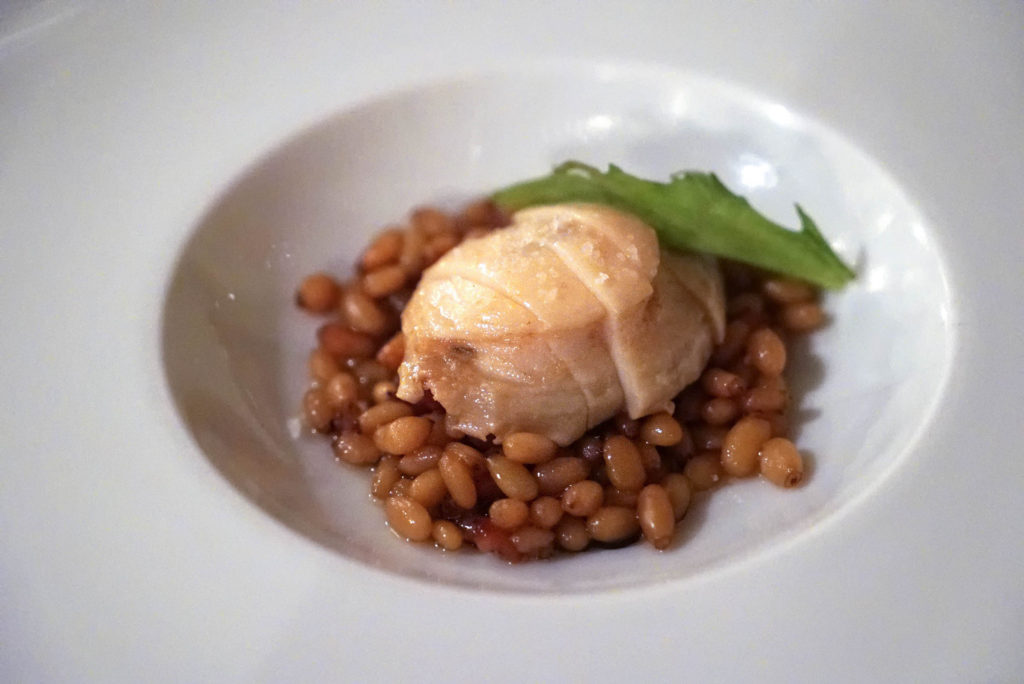
Chef John first sous vides the abalone with pork belly and dashi. The pine nuts are pressure cooked with liquid from the bacon and abalone sous vide broth. Are you fucking kidding me? Then an abalone liver and squid ink emulsion is put on the bottom of the plate before serving (the black bits in the photo below).

This dish had such a nice buttery, savory, meaty flavor, and the pine nuts were like farro or barley in texture – like an “ancient grain” kind of starch, or beans. Truly amazing.
Course 8: Shrimp Dumplings
The broth/sauce here was killer: lemongrass, ginger and scallop. Really smooth and rich, and the dumplings were perfectly cooked, like excellent seafood ravioli.

Course 9: Hamachi
These slices of Hamachi exhibit simplicity and Chef John’s respect for the protein, while the cabbage, shiso, shiso oil, nori oil and yuzu broth demonstrates complexity of flavor and John’s extremely impressive skills as a chef. This dish represents exactly what he is doing here at The Crimson Sparrow: simplicity and complexity in the right balance.

Course 10: A5 Wagyu Picanha
Picanha is a Brazilian cut of beef, but it’s the same as “top sirloin cap” here in the states, only with the layer of fat left on that we Americans usually trim off.
This dish was not on the regular tasting menu either. The flavor was wild. It’s beef, but it tastes more like foie gras. It’s very rich in flavorful, oily fats. That large layer of fat can still be chewy, even on A5 Wagyu, but at times you can take it down because it gets so soft.
This beef hailed from the Miyazaki prefecture, which is known as one of the best in Japan for producing highly marbled beef. That little pile of magic dust on the side? Kalamata olive salt. So nice.

Course 11: Pork Belly Congee
This was really tasty. Congee is rice porridge. This one was made with porcini mushrooms and chili oil in the mix, aside from the delicious and tender pork belly. This is perfect “pick-me-up” comfort food right here.

Course 12: Aged Strip Loin
Obviously I loved this dish. It was served with ssamjang (Korean black bean sauce), dressed fresh soy beans and endive.

Here’s what the full plate looked like:

Palate Cleanser: Amazake
This amazake is a young sake made with fermented black and white rice and sweetened with ginger. It was creamy, sweet, slightly bubbly, and really delicious.

Dessert: “American Psycho” on a Plate (that’s my name for it)
This beautiful Jackson Pollock / Patrick Bateman mash-up of plating artistry is a sponge cake with blue- rasp- and mul- berries. There were notes of citrus or yuzu, and even avocado cream in the anglaise. Those beautiful red splatters were done with beet sauce.

Okay so that covers the tasting menu. The next day we came back when John was a little less busy to hang out with him a bit. He gave us a cool tour of the restaurant and kitchen.
Here’s the outside:

The bar is outfitted with some cool things that John salvaged from the property when he first purchased it. Part of the property used to be an old Packard auto shop, and another part was a bakery.

The main dining room is gorgeous. It’s outfitted with some antiques that John either found on the property (like the lamps), or items for which he bartered with local antique shop owners to obtain (like the wine cart).


This part of the property was actually a bakery at one point, and this room was the inside of the massive oven. The table was custom made to accommodate the 9 inch floor slope from one end of the room to the other.

A more private room for larger parties is also available to customers.
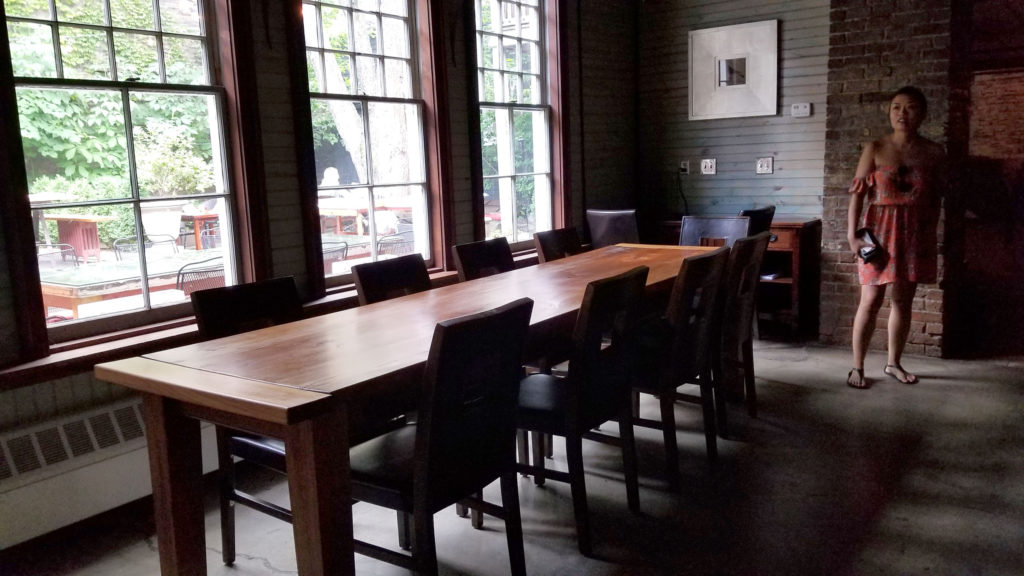
The kitchen is housed in the space where Packard used to wash and detail their cars. Those windows you see on the right are massive, and there’s a strip of cool bar stool seats where diners can sit and watch all the kitchen action.
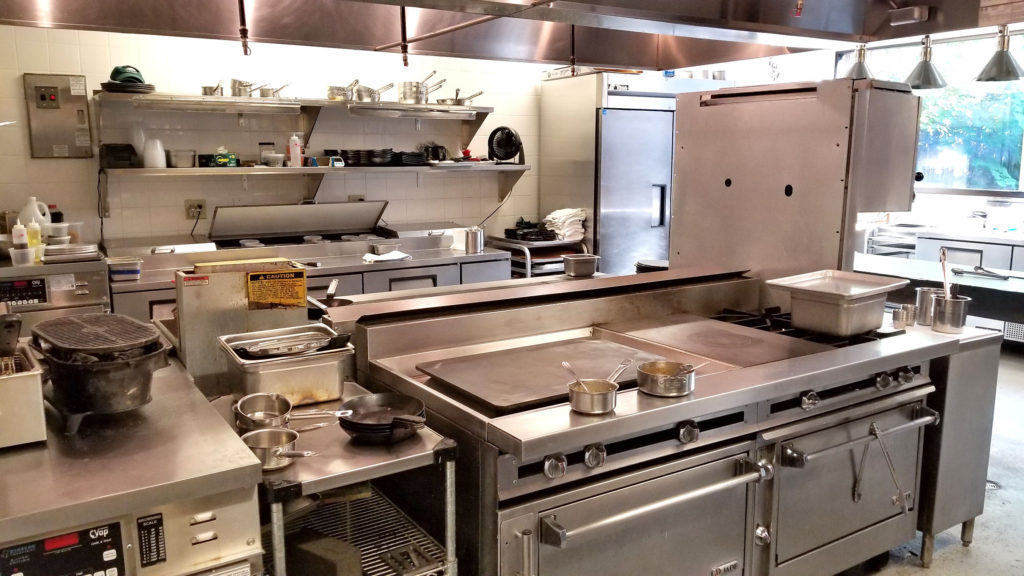
John also showed me the Wagyu strip loin that he’s aging in the walk-in. I think this hunk of deliciousness has been going for over 100 days.

John has a rooftop herb garden as well.

That day we also tried some light snacks in the outdoor garden seating area – a gorgeous space.

This is a pork bun. Really nice flavors, and that pork was stewed to perfection.

These soy beans are similar to the beans on the tasting menu that came with the aged beef dish, but served on a giant shrimp chip.

Also, they serve crisp Orion beer for just $5. Great to sip while enjoying a sunny day on the patio.

I think that about does it. You guys need to check this place out if you’re ever in the area. I’m dead serious when I tell you that this was the best tasting menu omakase style meal I’ve ever had, and that abalone dish… Holy shit man. Ask for it when you go.
THE CRIMSON SPARROW
746 Warren St
Hudson, NY 12534

































